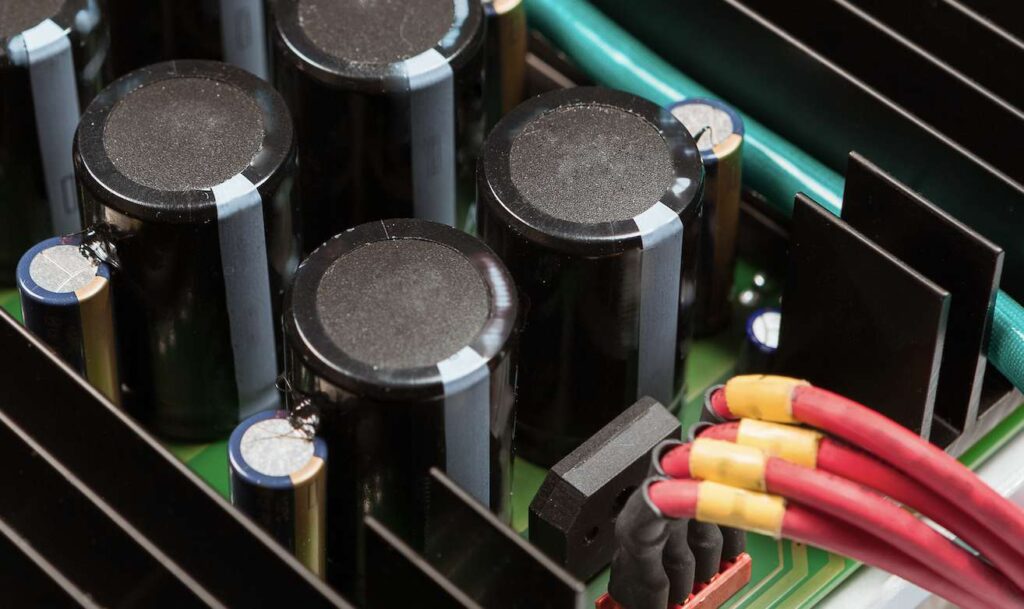Another test term sometimes used is ‘intrinsic dielectric strength’, which is the maximum voltage gradient a homogeneous substance will withstand in a uniform electric field. This shows the ability of an insulating material to resist breakdown, but practical tests produce lower values for a number of reasons:
• Defects, voids, and foreign particles introduced during manufacture which lower the dielectric strength locally, having the effect of reducing the test values as the area tested is increased
• The presence of a stress concentration at the electrode edges or points where the electric field is higher than average.
• Due to the damaging effect of an electric discharge during testing
• Because of dielectric heating, which raises the temperature and lowers the breakdown strength.


